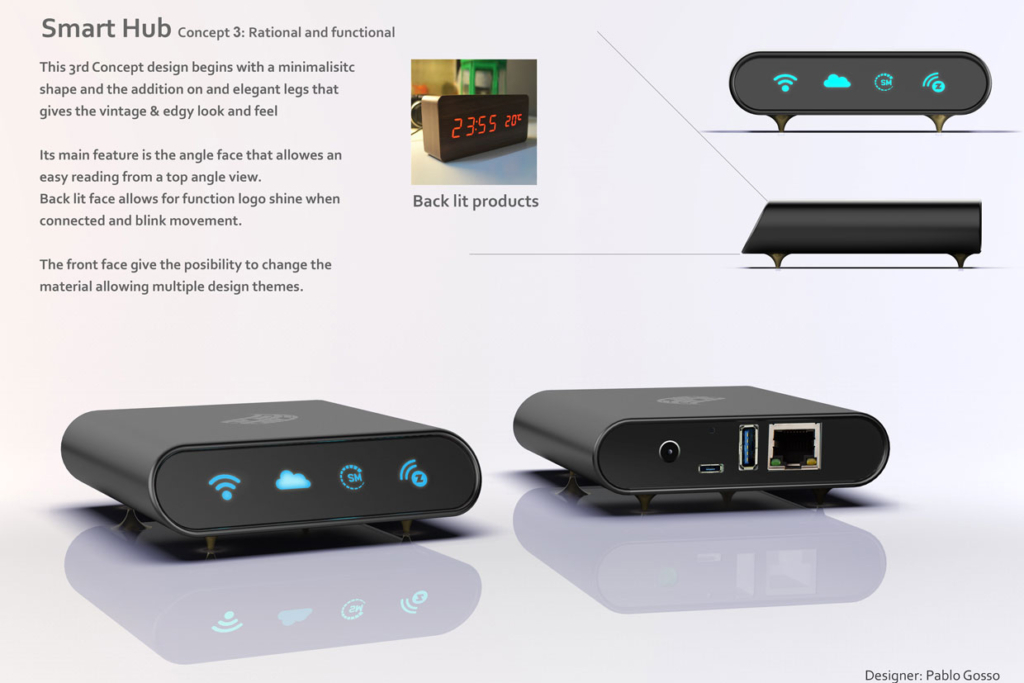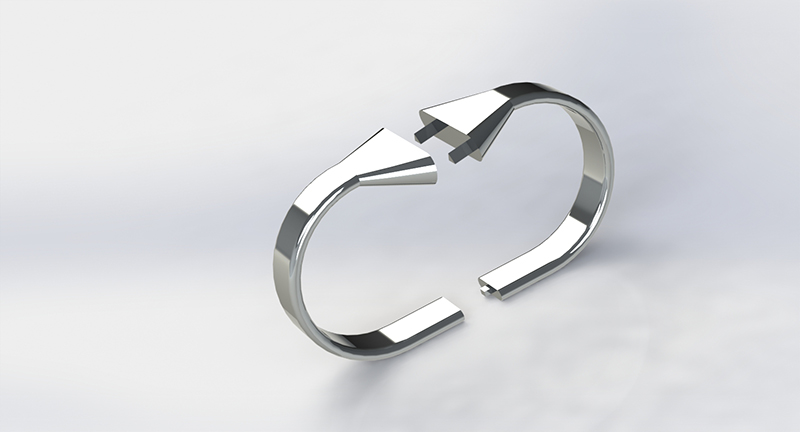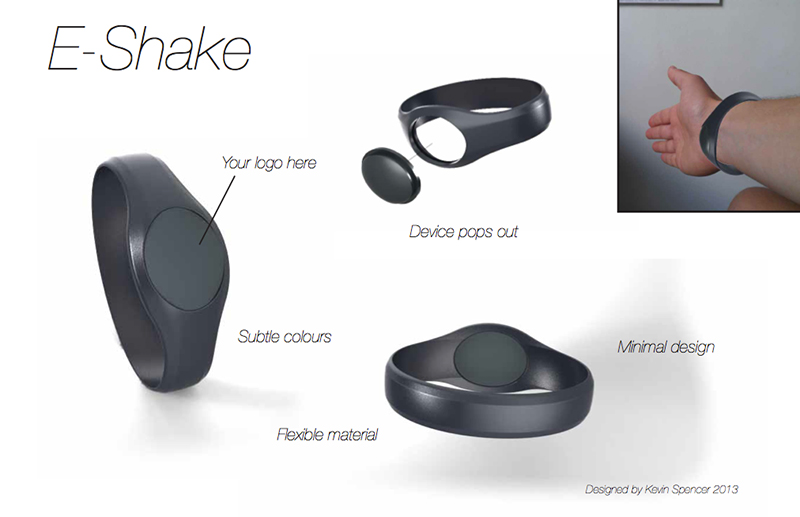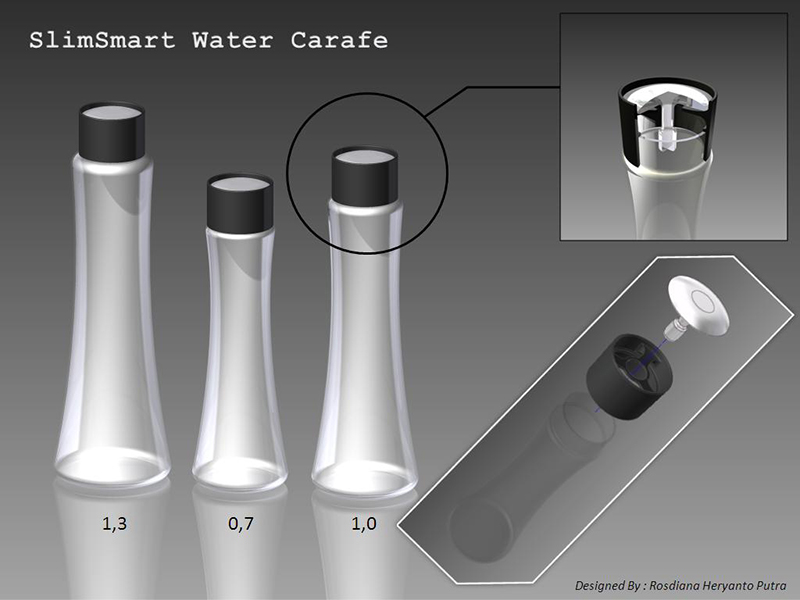Millennials are invading the workforce, consuming products, and disrupting industries en masse. In today’s world, a growing majority of consumers are, in fact, millennials.
They are a different type of consumer, with significantly different demands than previous generations, but designs have yet to catch up to their needs. So, when products, media, and entertainment are created by product design services, they must incorporate design elements that will appeal to or function for millennials.
Let’s analyze first what makes a millennial and what some of their standard traits tend to be, and then we can see what it takes to design Internet of Things products tailored to them.
In most cases, a millennial is defined as someone born between 1981 and 1996, meaning they are anywhere from their early 20’s to their late 30’s now. This date range includes several very distinctive events that help to define the millennial identity.
First, they span the gap between two distinct periods of technology – most modern forms of video games, the Internet, and media were around during their youth, but in a drastically different form. When they were young, they had bulky Gameboys, listened to music on a Walkman cassette player, and used dial-up internet.
Now, they are doing the same things – playing video games on their phones and on advanced consoles, listening to music from a watch or streaming it over wireless speakers, and using high-speed internet from anywhere in the world. So, they understand the rapid pace of technology and expect upheaval and innovation.
Second, they were coming of age in a time of recession – the housing crisis in the mid-2000s. Most millennials, even if they were not yet in the workforce, were old enough to recognize the recession and its impact on their families and lives. Therefore, finance and money are less secure and stable for these individuals. Using what we know about millennials, how can we better design Internet of Things and smart products for them?
IoT and Millenials: Tips for Product Design
1. Maximize Flexibility

When designing a product that will cater to a millennial audience, take into account the flexibility that it will offer. This is a generation that is familiar with the iPhone – smart products have a multitude of functions, and if they don’t, they will quickly be usurped by the next trendy item.
Millennials know, from experience, that technology is rapidly advancing and that new technology and products will quickly replace old ones. A better version of the iPhone will be available in a year or two.
The experience of the recession in the mid-2000s, and the lasting repercussions that have caused many millennials to struggle to find work or afford housing, means that millennials will not buy things unless they find great value in them.
That’s not to say they don’t buy things they don’t need – everyone buys things they don’t need. But they are more likely to buy something that is flexible and can perform a number of different functions for them – such as a refrigerator that you can write grocery lists on and send to your phone, or a smart mirror that can play your music for you.
These additional functions will set your product out from the crowd and make a millennial more willing to purchase it from you, and more willing to spend extra money on it. Talk with your CAD services expert about your design to consider flexibility in all of your products – because if a millennial can do everything with just their phone, they will.
2. Consider Pain Points

CAD designers consider the areas where their products could cause issues. Pain points are the “defects” and “blemishes” that make a product hard to work with.
Maybe you have designed an app for ordering food, but you can’t pay with a credit card through it. Or, say you’ve built a smart speaker to listen to music, but you can’t connect it to Wi-Fi. Pain points don’t prevent a product from functioning, but they make it less appealing to use.
Millennials expect streamlined functionality. Remember, they grew up playing on a Sega Dreamcast and are now bowling against their friends across the planet virtually with the game systems they have, or have immersed themselves fully into a combat game with a Virtual Reality headset. Anything that causes your product to function sub-optimally and make it more painful to use appropriately will detract from its appeal.
If you are designing that app, there are a number of services to connect it immediately to a bank that can process credit cards, so be sure to incorporate it. Add a smart, simple set up option to your speaker – even if it increases the price slightly, that ease and flexibility will make it much simpler to use and will encourage millennials to select it as opposed to a competitive product.
The best way to find and address pain points is through user testing. Gather a focus group of the most critical individuals you know and have them test your product and complain as much as possible about it.
The more negative feedback you generate the first time around, the better, because you can take those areas that are unnecessary and plug them in to make the piece as user-friendly as possible.
3. Focus on Control

The millennial generation is looking for as much control over their lives as possible. Many of them grew up with the first true helicopter parents who would control their actions.
Freedom and control are vital to this group of individuals – which is why telecommuting and remote work are such big attractions for this demographic. Now, more than ever, individuals are turning to careers that allow them to be their own bosses or to be influencers on social media, so they can control their own life or have input into others.
This translates to IoT products when you give them independence and power in your products. The Peloton bicycle, for example, is unnecessary and much more expensive than a membership to a gym that would give them the exact same thing – a cycling instructor. But it offers the user control over their schedule and their selection of what they want to do.
If you want to just try a regular cycling program without an instructor, you can do that. If you want a rigorous mountain terrain course with a dedicated instructor at 3 AM, you have that at your fingertips. Control is paramount to a generation that grew up with the world constantly in flux, economically, technologically, and politically.
If you’re designing an app, give absolute freedom in the selection criteria. If you want to search for Thai restaurants within 728 miles, you should be allowed to. Or, if you are creating a smart sneaker, offer the ability to track footsteps, distance, balance, and anything else they choose.
Millennials are a group that believes they deserve a lot of control over their lives but who don’t typically receive it. Offer it to them in your product and they will become loyal customers for life.
4. Give It Away for Free

Okay, when I say free, I don’t mean give them a smart speaker for free with nothing in return. Millennials care a lot about what they spend their time and money on, so if you can get them to try it and see its success, they will want to purchase it.
Everything has a free trial nowadays – you can try a streaming service for one month free, you can try a mattress for 100 nights free. If you create an app or an online service – it should come with a free version or at least a free trial. There have been times when I have gone through the free trial of something that I intend to cancel and end up enjoying it so much that I’ll never get rid of it, no matter how much I planned to cancel it initially.
Another way you could do this, especially if you have a physical product like a smart speaker or are contracting wearable technology design services to develop your invention, is to offer it for free in conjunction with another item purchased.
For example, if you purchase a year of the subscription for the streaming speaker, we’ll send you one for free. When you give it to someone for free, even if there are incumbent costs after the fact, the recipient feels as if they’re getting a deal, and this makes them more likely to use it.
Not only are you expecting the person to enjoy your product and end up continuing to pay for it, you build goodwill by offering them something for free.
That transparency translates to them being more open to your product and reacting more favorable towards it, which may include word of mouth marketing.
When a millennial receives a free gift like that, they will use it, tell their friends about it, and even promote you on social media just because you gave it to them. The added benefit is that the one individual may end up paying more for it in the long run in addition to all the free marketing.
5. Offer Rewards and Feedback

Feedback and rewards are huge incentives for someone to use your product or service. Personally, I always tend to fly with the same airline and sleep in the same hotels because I earn loyalty points with them.
This goes hand in hand with offering the customer something free, it’s just not up front. When a person logs into your app, or walks one mile in your product, or whatever it is that they’re doing, they need to feel rewarded for simply using it.
I know this sounds disparaging, but millennials do truly love instant gratification, but it’s not in the way that most people frequently think. Millennials don’t expect to be handed a million dollars and a brand-new house – but they expect to feel rewarded for little milestones along the way.
It’s a true psychological phenomenon that when you receive rewards for individual milestones, you’re more likely to progress to the next one, and eventually reach your goal. So, when you’re offering a service or product to a millennial, and they feel like they can receive points for every purchase they make through your app instead of Amazon, they’ll do just that, so that they can receive the gratification of earning those points and rewards.
Feedback is another example of this – if your target is for fitness or health or finance or anything similar, offering feedback and advice at sequential milestones is a good way to encourage the user to continue with your product.
Congratulating them for saving $2,500 and offering them advice on how to invest it so that it grows while they’re saving more money would be a great incentive for them to continue with your product.
6. Integrate Social Media

Anyone who’s ever interacted with a millennial will know that social media is a huge part of their existence. Facebook, Instagram, and other apps are incorporated into their daily routine, and they’re using it to communicate, share ideas, and earn money.
For millennials, more social interaction and communication occurs over social media than face-to-face. This means that social media is a lynchpin that is crucial to many businesses that are catering to millennials.
Look at devices like the Mirror Smart Fitness Mirror – one of the advertised capabilities is that you can have it record or photograph you during your exercise and it will automatically be posted to social media.
Millennials want to be connected and plugged in. If you offer them this connectivity, they will be more likely to use your product. As a bonus, by integrating into their social media, you are automatically being advertised to everyone with whom they connect.
7. Focus on User-Experience

I mentioned this earlier when I talked about “pain points,” but the user experience is one of the hallmarks of technology today. So much so that at any technology company you can find extremely high paying jobs for the position of “UX Designer,” an individual solely focused on making the device, app, or product as user-friendly as possible.
Millennials have seen both high-quality design and terribly low-quality design because of the time period in which they grew up. They will know the difference between something that is easy to use and functional and something that is cumbersome.
Focusing on the user-experience will guarantee that they are pleased with the offering. Even if there is a low degree of flexibility or control, or if it doesn’t integrate properly with other technology, a high-quality user experience will yield positive results. While substance does matter more than flash, something that is eye-catching and easy to use will catch on among millennials.
Essentially, if you have a solid product, you should ensure that your user experience is just as capable, because without it, it will not be desirable to millennials and it will never catch on.
If you don’t have a solid product, or you are still working through some bugs with it, a seamless user-experience will cover up some of those deficiencies because it will be easy to use in spite of other issues – which can give you the time and the business upon which to build your next iterations.
Whatever you’re creating, you have to remember that millennials are a unique group. The design aspects that will make your ideas stand out to millennials will be relevant to the next generation and will help you succeed in the ever-changing world of technology in which we find ourselves. Stay ahead of the curve by following these design rules.
Cad Crowd Has Product Design Freelancers
If you’re inventing a product and need some inspiration or some help with the iterations, Cad Crowd has the resources to offer high-quality product design services. Take a look at the trusted professionals who can help you navigate user-experience and interactive designs and find out how it works.
Cad Crowd also provides you with an opportunity to launch a contest and receive multiple design concepts. You then can choose which you think suits your millennial audience best. Learn how you can launch a design contest in just 15 minutes.
